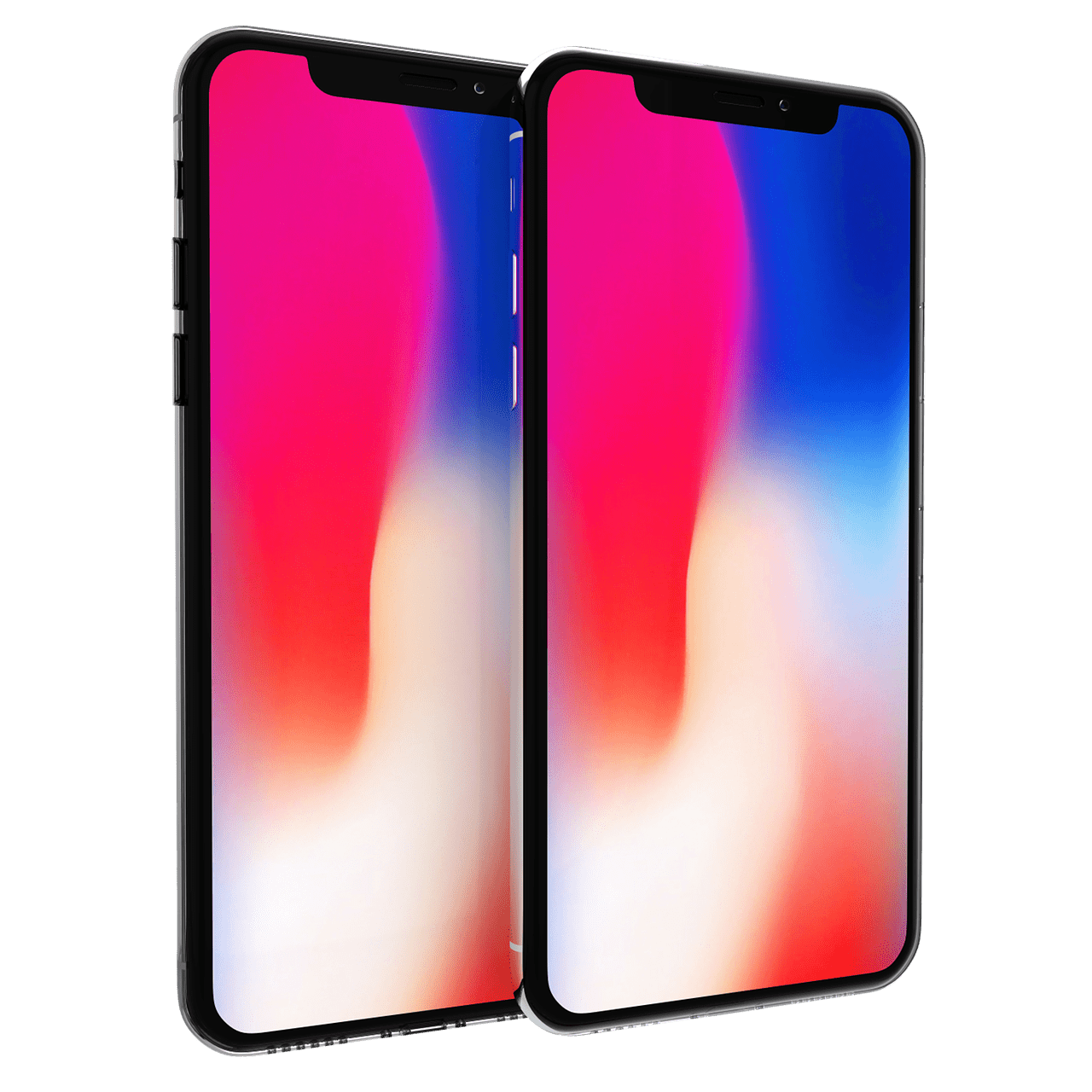The notch on the iPhone X was a controversial design choice. Consumers seem to have embraced the notch as data from Canalys shows that Apple sold a healthy 29 million iPhone X units during the holiday quarter despite its $1000 starting price. However, there are still tons of apps that aren’t optimized for the iPhone X’s Super Retina display with a top cutout. Now Apple has informed developers that all the new iOS apps must support the iPhone X’s display from April.
It means developers need to optimize their respective apps for the cutout at the top as well as the bezel-less design. The iPhone X’s notch houses the TrueDepth camera system that enables Face ID and Animoji, the front camera, ear speaker, and other sensors. The tech giant said on its updated developer page that starting April 2018, all new iOS apps submitted to its App Store “must be built with the iOS 11 SDK.”
Apple added that all new apps for iPhone as well as the universal apps must support the iPhone X’s Super Retina display. Interestingly, the company hasn’t specified a deadline for when the existing apps must natively support the iPhone X, points out 9to5Mac. Updating the existing apps to support the notch is more important than requiring new apps to support the iPhone X’s design.
Apple has been enforcing rules more aggressively in the last few years to get developers to support the latest device. In its latest statement, the company encouraged developers to adopt the iOS 11 features like ARKit, SiriKit, and Core ML. The notch is what sets the iPhone X apart from rivals in terms of appearance. Many Android vendors have started copying the top cutout to their flagship smartphones. Even Google’s upcoming Android P software will bring support to the notch.
So, why is Apple pushing developers to embrace the iPhone X’s notch? The reason is that Apple will continue to have the notch on its upcoming flagship smartphones despite all the controversy. The top cutout is here to stay. According to KGI Securities analyst Ming-Chi Kuo, Apple will release a 5.8-inch iPhone X successor, a 6.5-inch iPhone X Plus, and a 6.1-inch LCD iPhone this year. Guess what? All of them will have a bezel-less design with the top cutout similar to the iPhone X.
Kuo has told clients that all three iPhones coming in 2018 would feature the Face ID technology. The iPhone X successor and the iPhone X Plus will have OLED panels, and they would cost above $1,000. The 6.1-inch LCD iPhone would have a more reasonable price tag of $700 to $800. Apple will add the notch and the TrueDepth camera system to the LCD version as well. Since the TrueDepth sensors are expensive, Apple will make compromises in other areas to keep the costs down for the LCD iPhone.
For instance, the LCD model will lack the 3D Touch functionality. It would offer only a single camera, a rectangular battery design, and only 3GB RAM. The OLED versions will have a dual camera setup on the back, a two-cell L-shaped battery design, and a higher 4GB RAM. Thanks to its lower price tag, the LCD iPhone will be the most popular of the three devices coming this year. Consumers will get an iPhone X-like design and features at a lower price.
Since Apple will add Face ID to all three upcoming iPhones, it is going to need huge quantities of 3D sensing modules. The tech giant sells more than 200 million iPhones a year. ETNews recently reported that Apple has added two Chinese firms as 3D sensing module suppliers. LG Innotek will remain the primary supplier while the Chinese companies will get a small portion of the total orders. LG Display will also supply OLED panels for the larger iPhone X Plus.
Barclays analysts said in a recent research note that the notch on this year’s flagship iPhones would be smaller than it was on the iPhone X. There have been reports in the past that Apple was working to reduce the size of the notch, but the technology wasn’t expected to debut until 2019. Barclays believes Apple will make the cutout smaller on 2018 iPhones. If it happens, it would be a welcome change.
The 2018 iPhones are rumored to look almost identical to the iPhone X. Supply chain reports claim Apple doesn’t want to deal with the delays it faced with the iPhone X. By keeping the same design as last year’s flagship iPhone, the company will make it easier for suppliers to make the new iPhones. Barclays added that Apple was also working on a rear-facing TrueDepth camera setup, but the technology won’t debut until next year. The rear-facing TrueDepth camera would further boost the augmented reality capabilities of iPhones.





